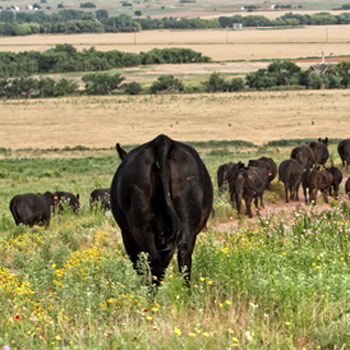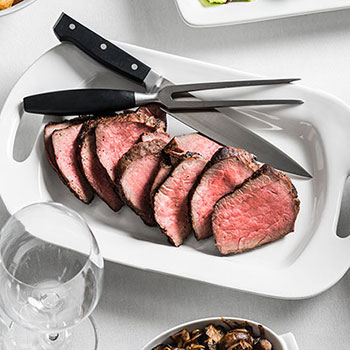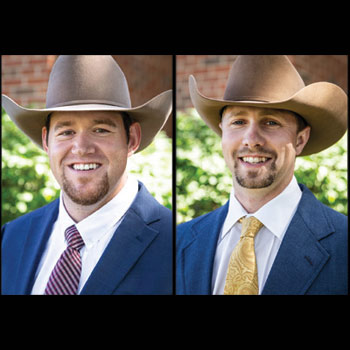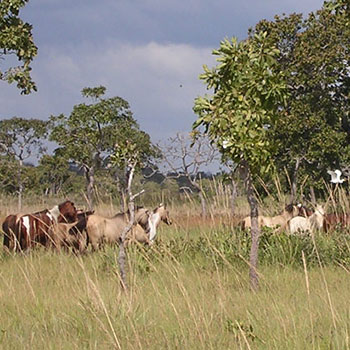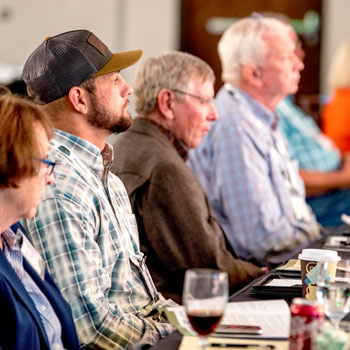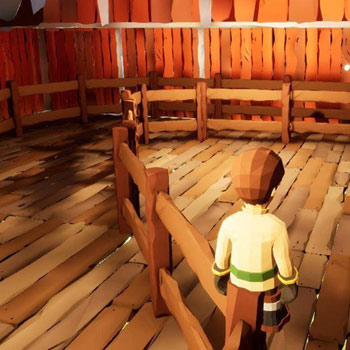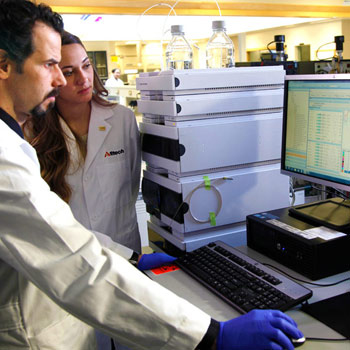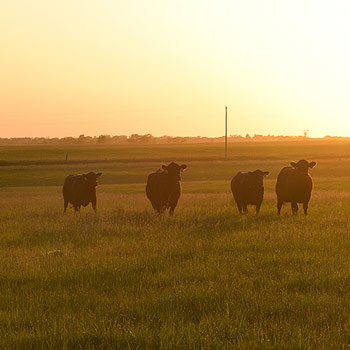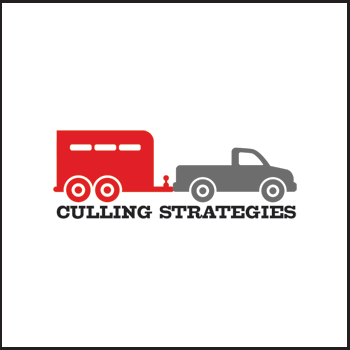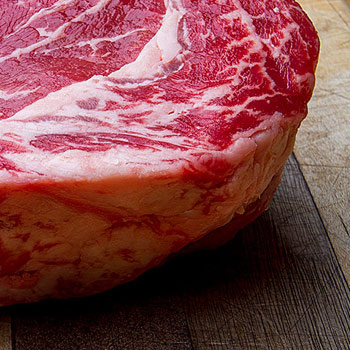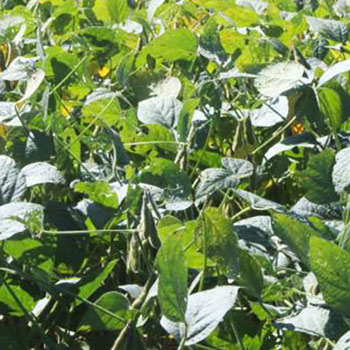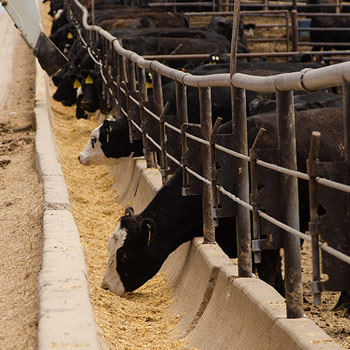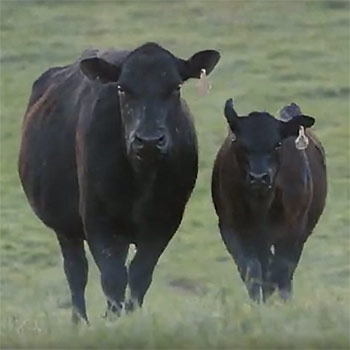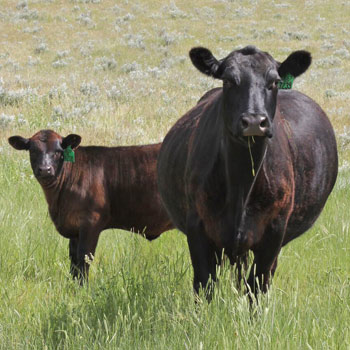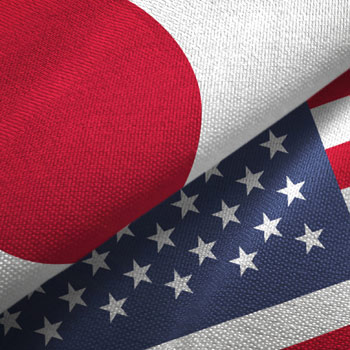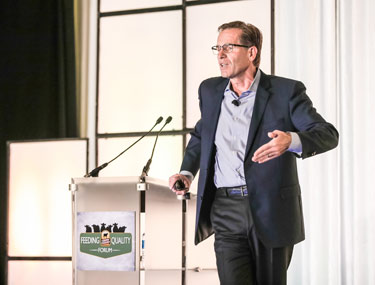Calving Considerations

Repeatability of calving difficulty a key to keep in mind.
An Oklahoma cow-calf producer once asked about the repeatability of calving difficulty in young cows. He had a 2-year-old heifer that endured a very difficult delivery.
After the event is over and the cow and calf are doing well, the rancher can’t help but ask the question: “If a heifer has calving difficulty this year, what is the likelihood that she will have trouble again next year?”
That question is followed by the thought of the money invested in this young heifer to grow her to a 2-year-old. Should she be culled next spring after weaning because of calving difficulty this fall?
A look back through the scientific literature sheds some light on this subject. Research conducted by Colorado State University and published in 1973 looked at parturition records of 2,733 Hereford calves sired by 123 bulls and born to 778 cows/heifers. (Source: Brinks, et al. Journal of Animal Science 1973 Vol. 36 pp 11-17). A repeatability estimate was obtained from heifers calving both as 2- and 3-year-olds. The repeatability estimate was a lowly 4.5%. Of 195 heifers that had no difficulty in calving at 2 years of age, 7.2% had difficulty as 3-year-olds. Of the 77 heifers that experienced calving difficulty as 2-year-olds, 11.7% had difficulty again as 3-year-olds.
However, repeatability of calving difficulty may not tell the whole story. Heifers that experienced calving difficulty as 2-year-olds weaned 11% fewer calves of those born the first year and 14% fewer calves per cow exposed the second year compared to contemporaries that had no difficulty at first calving. The calves from 3-year-olds that had calving difficulty at 2 years of age were born an average of 13 days later and were 46 pounds lighter at weaning than calves from 3-year-old dams that experienced no difficulty at 2 years of age.
From this research we learned that calving difficulty as a 2-year-old had a profound effect on productivity. The likelihood that calving difficulty will happen again next year is only slightly greater than in heifer counterparts that calved unassisted this year. Proper heifer development to a body condition score of 5.5 or 6 at calving, along with breeding heifers to bulls with a higher calving ease direct expected progeny difference (EPD) should help reduce calving difficulty in 2-year-olds.
Editor’s note: This article is reprinted with permission from the Sept. 9 Cow-Calf Corner, a newsletter published by the Oklahoma Cooperative Extension Service, for which Glenn Selk is an emeritus extension animal scientist.
